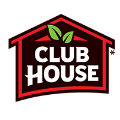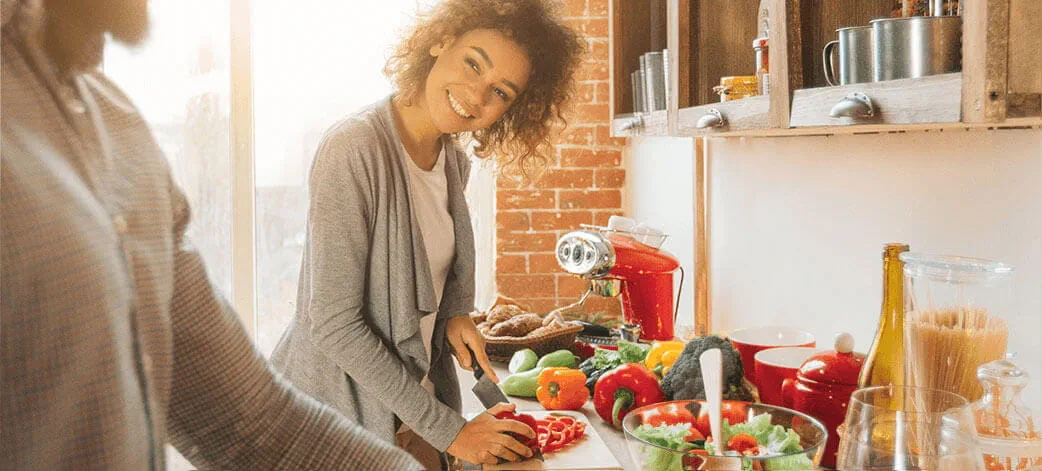In general, pasteurization is a crucial process in the food safety system that kills pathogens, extends shelf life, and protects people from dangerous foodborne illnesses. However, pasteurizing honey is very different than pasteurizing dairy products, and is done for different reasons. Billy Bee offers 100% Canadian, natural pasteurized and unpasteurized honey; read on to learn about the main differences and why both types of honey are safe to consume!
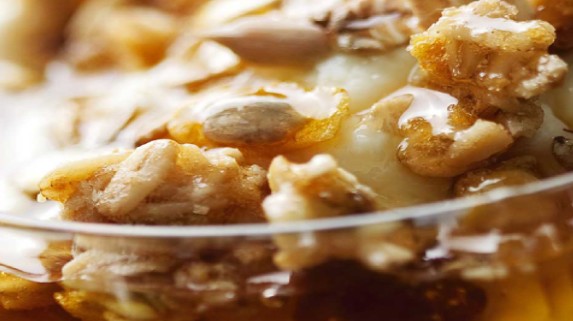
Pasteurized, Unpasteurized and Raw Honey
First, let’s talk about the difference between pasteurized and unpasteurized honey. Pasteurized honey is treated in a registered pasteurizing plant by applying high heat to destroy sugar-tolerant yeasts. Pasteurization helps to extend honey’s shelf life and to make it nice and smooth. The filtration also helps to remove impurities, such as air bubbles, so that the honey remains a clear liquid for a longer time.
Unpasteurized honey is only slightly heated during processing, which helps the honey to retain many of its nutritional properties. In recent years, there has been growing interest in unpasteurized honey driven by possible health benefits.
There is a third type called Raw Honey, which is not exactly the same as unpasteurized honey. The main difference is that raw honey is kept in its natural state with no heat or filtering at all, so it contains naturally occurring bee pollen, royal jelly, beeswax, and propolis. Raw honey has a thick, creamy texture, making it perfect for spreading on toast, adding to smoothies, mixing into dressings, and more!
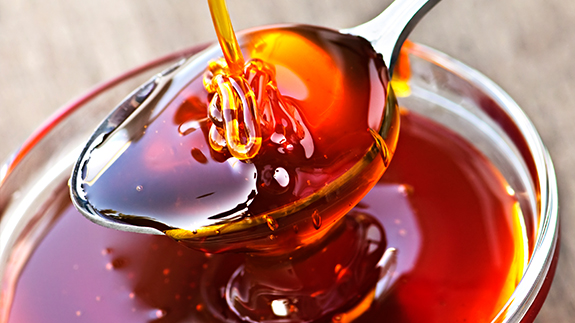
Are All Types of Honey Safe to Eat?
Yes- pasteurized, unpasteurized and raw honey are all safe to consume and are great additions to your daily diet!
Why Are Some Bottles of Honey Pasteurized, While Others Are Not?
There is no requirement in Canada for honey to be pasteurized, so you should be able to easily find both pasteurized and unpasteurized bottles of honey. But since all types of honey are safe to eat, you may be wondering why some bottles are pasteurized in the first place.
Unlike dairy products, pasteurizing honey isn’t about food safety, as natural honey is one of the safest food products you can eat. Instead, pasteurization is mainly done to slow down the natural process of crystallization, or when liquid honey starts to turn stiff and crunchy over time. If honey is sold in a squeeze bottle, such as Billy Bee’s Liquid Honey Bear, pasteurizing helps to keep the honey in a liquid state for longer. This allows you to easily squeeze the honey out onto your favourite foods, baked goods, or into a cup of tea.
However, honey crystallization is a natural occurrence. So, while the process is delayed in pasteurized honey, it will still happen eventually. When your honey (pasteurized or unpasteurized) starts to crystallize, place the bottle in a hot water bath between 130F to 140F for a few minutes and stir. The honey should melt evenly and will become a liquid again in no time.
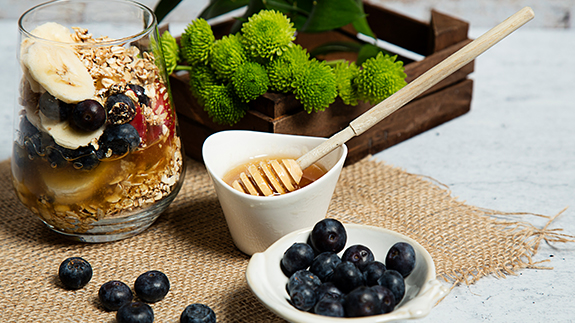
Should I Use Pasteurized or Unpasteurized Honey?
The choice of honey that you use is really up to you! You may prefer unpasteurized honey for the natural yeasts, enzymes, and other possible health and flavour benefits. Or, you may prefer to buy pasteurized honey, as it helps to delay the crystallization process and keeps the honey in a liquid state for a longer, making it easier for you to squeeze out of the bottle.
At Billy Bee, we offer both 100% Canadian, pure, and natural pasteurized and unpasteurized honey to add some sweetness to your life! Whichever type of honey you prefer, you can use the versatile liquid to sweeten hot or cold drinks, in a pasta sauce, to make a sweet glaze for ribs, as a topping on your yogurt breakfast parfait, and so much more!
